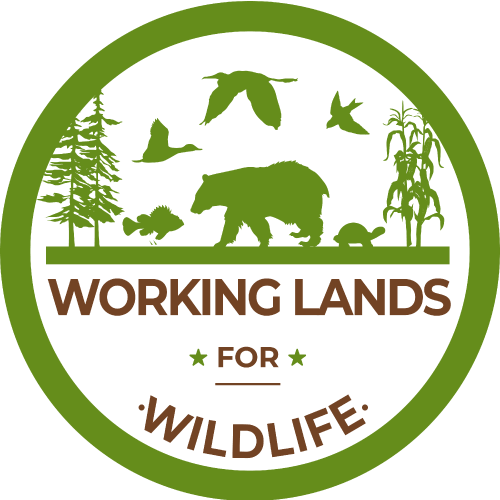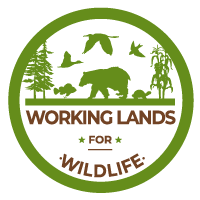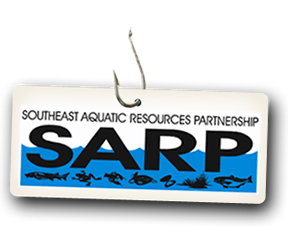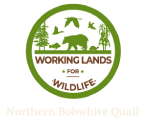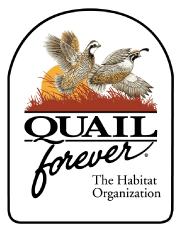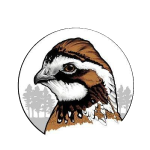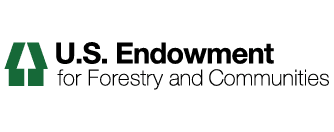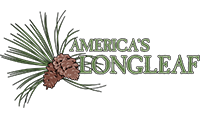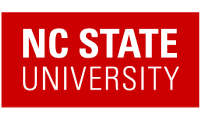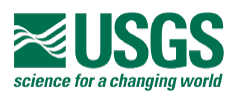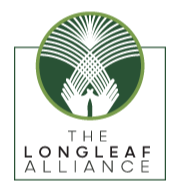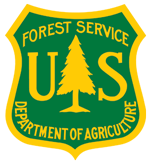General Resources and Publications
In the working lands library, you will find project reports, presentations, peer-reviewed studies, and more.
Eastern Hellbender Structural Habitat Augmentation Guidance
This is a technical document to provide guidance on the installation of structural habitat for adult and juvenile Eastern Hellbenders. The document details spacing, placement, and specifications for in-stream nest and cover rocks.
DOI Nature-based Solutions Roadmap
The purpose of the Department of the Interior Nature Based Solutions Roadmap is to provide Department of the Interior (DOI) staff with consistent and credible information about nature-based solutions, such as which strategies match certain conditions and goals, what co-benefits they are likely to provide, example projects, and additional resources for project planning, construction, and monitoring.
USDA Launches New Bobwhite Conservation Pilot and Announces General Conservation Reserve Program Signup
The opportunity we have been waiting for to stop the national decline of bobwhite quail. Using brand new science tools, WLFW will help landowners manage and connect grassland and savanna habitat in the Central and Eastern US. Together we can improve habitats, measure our progress, and reestablish this iconic rural species to our landscapes!
Macros by Tolerance
Document has macroinvertebrates sorted into groups 1, 2, and 3 based on pollution tolerance, with pictures.
Pebble Count Analyzer
Excel document to enter and analyze pebble count data to retrieve field values for the SQT.
BEHI and NBS Processing Form
Excel document for processing BEHI and NBS data collected in the field.
Parameter Selection Guide
Print this document and keep in your clipboard for reference. This document lists with metrics should be measured for various types of WLFW projects.
HBSQT Field Data Input Form (excel)
Excel document that mirrors the field datasheets for data input. Gray cells in this document are calculations that will give you field values for the HBSQT Spreadsheet.
HBSQT Field Datasheet Package (pdf)
Download and print this packet to record field data for the HBSQT. You may need multiple copies of some of the pages (e.g. LWDI, BEHI)
USDA Announces Historic Investment in Wildlife Conservation, Expands Partnership to Include Additional Programs
$500 Million from Farm Bill Is Part of Broader Commitment from FSA and NRCS to Working Lands Conservation that Benefits Wildlife and Supports Agriculture and Rural Communities BOULDER, Colo., June 27, 2023 – Today, the U.S. Department of Agriculture (USDA) is announcing that it will expand its work on wildlife conservation by investing at least $500 million over the next five years and by leveraging all available conservation programs, including the Conservation Reserve Program (CRP), through its Working Lands for Wildlife (WLFW) effort. These commitments, which align with President Biden’s Investing in America agenda, will ramp up the conservation assistance for farmers, ranchers, private forest owners and tribes with a focus on working lands in key geographies across the country as well as hiring for key conservation positions. The funding will help deliver a series of cohesive Frameworks for Conservation Action, which establish a common vision across the partnership of public and private interests and goals for delivering conservation resources in a given ecosystem, combining cutting-edge science with local knowledge.
USEC Bonnie Keynote for the Corridors, Connectivity and Crossings Conference
Under Secretary Robert Bonnie, Farm Production and Conservation, USDA
Sagebrush Biome Framework
This framework for 2021-2025 reflects collaborative, multi-state planning efforts to update SGI 2.0, and continues to build from a decade of success conserving the sagebrush biome. This framework also serves as NRCS’ ongoing contribution to the Sagebrush Conservation Strategy administered by Western Association of Fish and Wildlife Agencies. Sharing common cross-boundary threats, NRCS staff across eleven western states collaborated to create this shared vision for conservation action.
Great Plains Grassland Biome Framework
In 2020, a multi-state, areawide planning initiative produced the first biome-scale framework for grassland wildlife conservation on the region’s sustainable working rangelands. This initiative features an action-based framework for 2021-2025 focused on addressing the two most severe and large-scale threats to the Great Plains biome: woodland expansion and land use conversion.
Working Lands for Wildlife: Northern Bobwhite, Grasslands and Savannas Framework for Conservation Action
Working Lands for Wildlife: Northern Bobwhite, Grasslands and Savannas Framework for Conservation Action is a 2022 publication by NRCS capturing a long-term, large landscape conservation plan to recover central and eastern grasslands for northern bobwhite and other wildlife species. To support the win-win approach of WLFW, this framework also includes anticipated outcomes for risk management and revenue enhancements for agricultural/forestry operations, as well as measured outcomes for greenhouse gas (GHG) mitigation.
Using the Conservation Tax Incentive
The permanent conservation easement tax incentive is a powerful tool that helps Americans conserve their land voluntarily.

